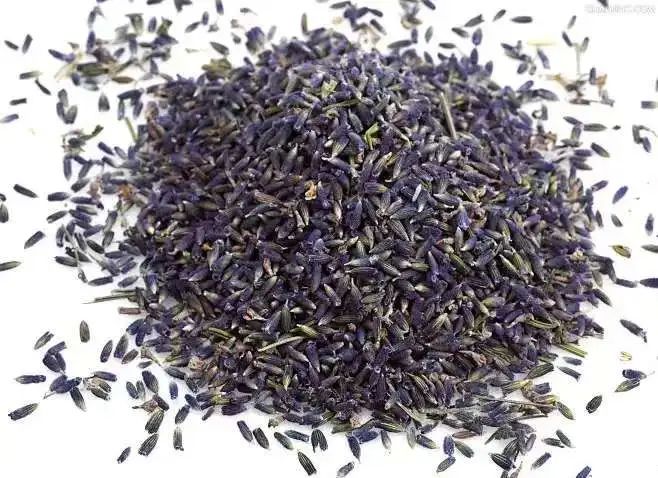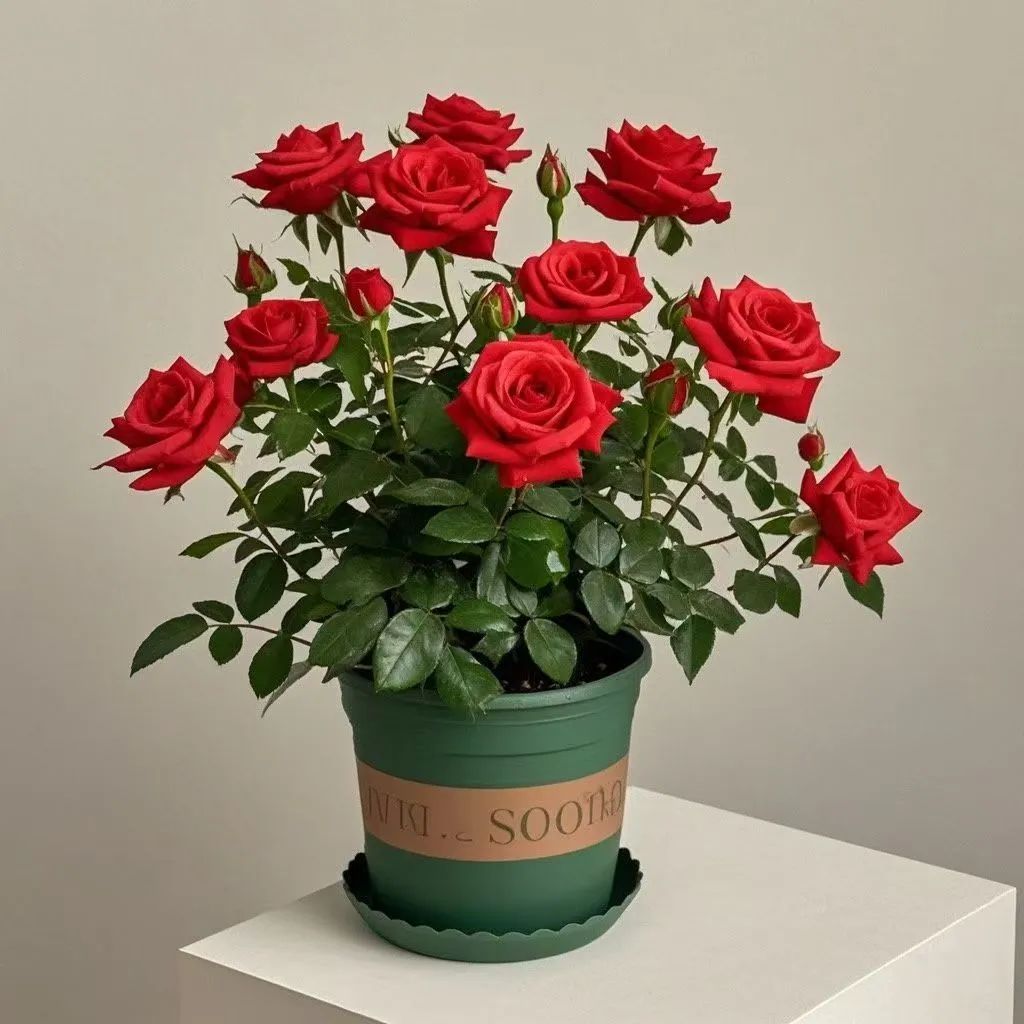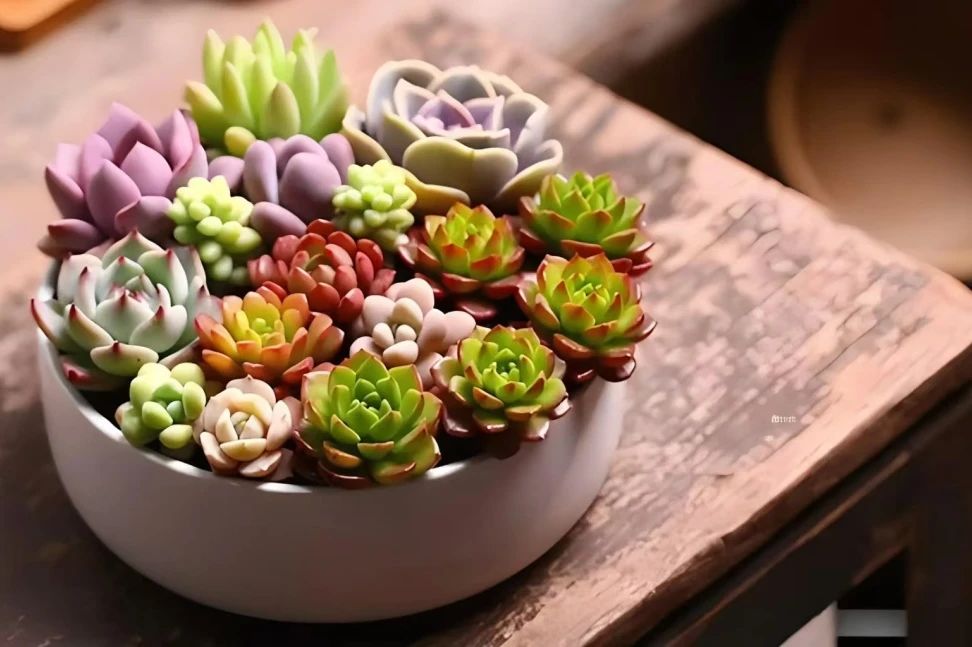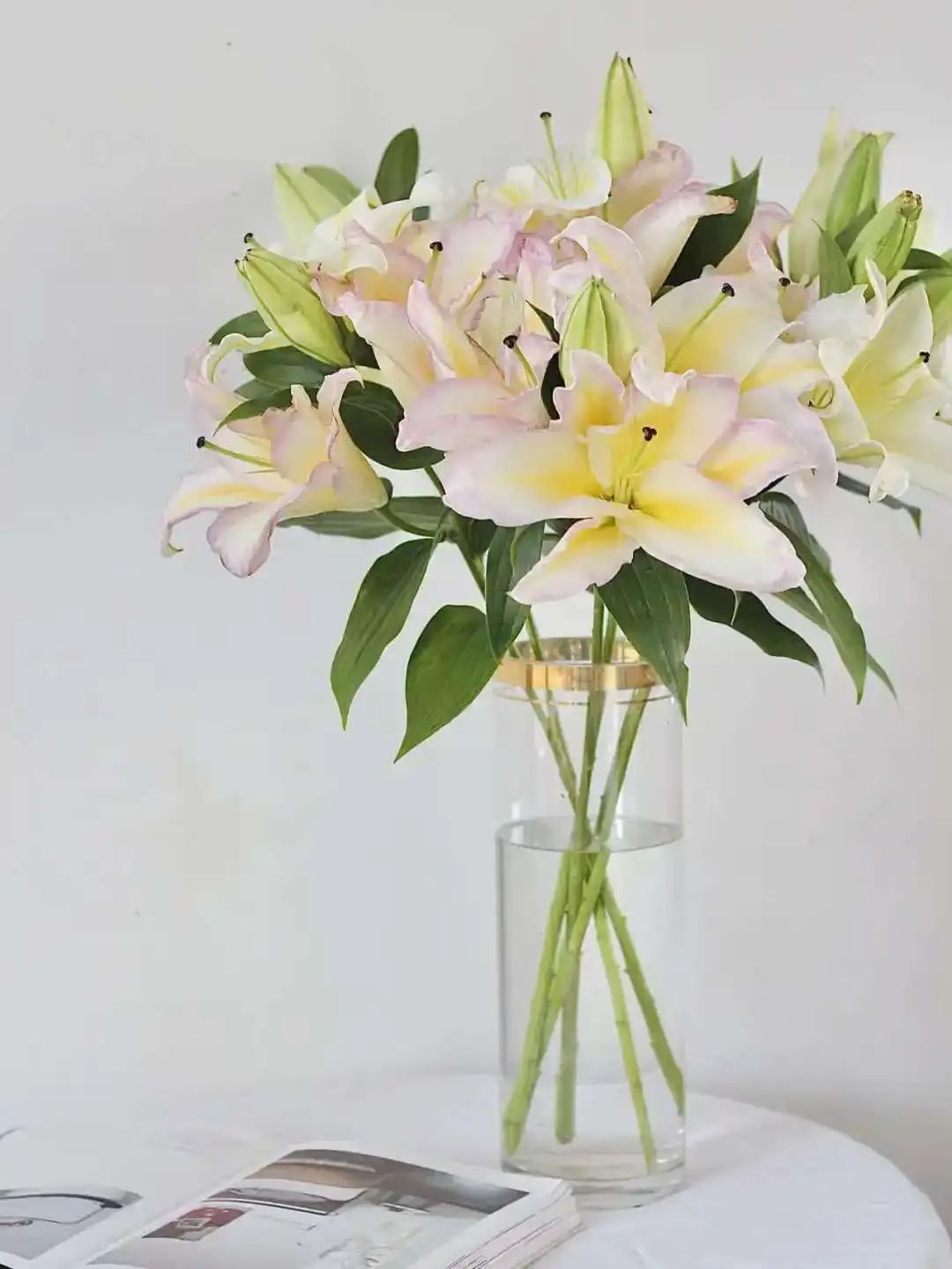When flowers bloom in spring, Customs unveils the "classification mystery" of flowers
Issue Date:2025-03-12 Source:Fuzhou Customs 12360
Zhu Xi's poem "Spring Day" states: "I feel the touch of the east wind here and there; After all spring blossoms with a blaze of color." In recent years, flowers and greenery have seamlessly become part of modern people's joyful lives, entering countless homes and adding a vibrant touch to daily routines.
Today, we'll explore the customs classification for imported and exported flower and green plant products.
1. Floricultural Seeds
Seeds of herbaceous flowers and ornamental flowers, grass seeds, vegetable seeds, forest tree seeds, fruit tree seeds, etc. are regarded as seeds for planting and classified under heading 12.09 "Seeds, fruits and spores for planting" according to the Customs Import and Export Tariff of the People's Republic of China and its Notes on Headings.
Seeds of various herbaceous flowers are classified under 1209.3000; specifically named clover seeds fall under 1209.2200; and seeds of tree species are under 1209.9900.

Note that some specifically listed items are not classified under heading 12.09. For instance, sunflower seeds fall under heading 12.06, and poppy seeds under 1207.9100.
2. Cultivated Rhizomatous Flowering Plants
Rhizomatous flowering plants are classified under heading 06.01 of the "Tariff" as "bulbs, tubers, tuberous roots, corms, crowns and rhizomes, whether dormant, growing or flowering; chicory plants and their roots, excluding those under Heading No. 12.12".

Common examples include lilies, orchids, daffodils, tulips, amaryllis, hyacinths, agapanthus, lycoris, caladium, calla lily, dahlias, ranunculus, gladiolus, saffron, and colchicum. Regardless of being in a dormant state or while growing/flowering. For example, specifically listed orchid tubers: those in dormant state for planting are classified under 06011091.10, others in dormant state are classified under 06011099.10, and those in growing or flowering states are under 06012000.10.
Note that chicory plants and their roots are classified under 0601.2000 for non-edible uses, and under 1212.9999 for unroasted intended for human consumption.
3. Cultivated Flowering Plants

Cultivated flowering plants can be classified under heading 06.02 "living plants" of the "Tariff" according to specific flower varieties and their forms and uses.
1) Ornamental Flowers
Except for rhododendrons, roses, and chrysanthemums that are specifically listed, all others are classified into four 10-digit sub-headings of "Other" based on whether they are endangered and whether they are used for planted: 06029091.91, 06029091.99, 06029099.91, and 06029099.99.
2) Ornamental Fruit Tree Seedlings
Ornamental fruit tree seedlings are classified under 6-digit sub-heading 060220, which covers "trees and shrubs of edible fruits and nuts, whether grafted or not."
Note: Potted orange plants should not be classified as trees of edible fruits under 060220; they should be classified under other living plants under 06029099.99.
4. Succulents
Succulents are highly popular for their round, plump leaves and their charming, whimsical appearance.

Common succulents primarily include aloe vera, cactus, echeveria, kalanchoe, and aeonium, among others. According to the "Tariff", succulents shall be classified under heading "06.02". Cactus succulents are classified under 06029099.20, and those not specifically named are under 06029099.99.

According to the "tariff", those not specifically listed are classified under other plant products. For example, according to traditional plant classification categories, aloe vera belongs to the family Liliaceae, while lilies are listed under tariff line 0602.9094. Aloe vera is classified separately under 06029094.90 or 06029094.10 depending on whether it is for cultivation or non-cultivation purposes.
5. Fresh Cut Flowers, Stems and Leaves

1) Fresh Cut Flowers
Fresh cut flowers refer to flowers, inflorescences, or sprays with ornamental value cut from living plants.
Except for roses, carnations, orchids, chrysanthemums, and lilies (Lilium spp.) specifically listed under the tariff lines 0603.1100 to 0603.1500, all other types are classified under tariff line 0603.1900.
Heading 06.03 covers not only floral arrangements and flower buds but also bouquets, wreaths, baskets, and similar articles (e.g., boutonnieres, corsages) made from flowers or flower buds.
The classification of fresh cut flowers is relatively clear.
2) Fresh Cut Stems and Leaves
Fresh cut stems and leaves refer to the plant stems and leaves that are severed from the parent plant, with the stems and leaves serving as the main constituents of the plant in vitro. They are predominantly used as accessories for flower arrangements or decorative purposes. Common fresh-cut stem and leaf plants include swiss cheese plant, boston fern, eucalyptus leaves, etc.
Fresh cut stems and leaves are classified under tariff line 0604.2090.

Disclaimer:The above content is translated from Chinese version of Fuzhou Customs 12360. The Fuzhou Customs 12360 version shall prevail.